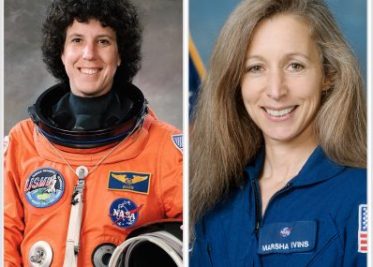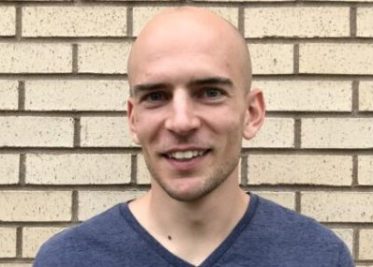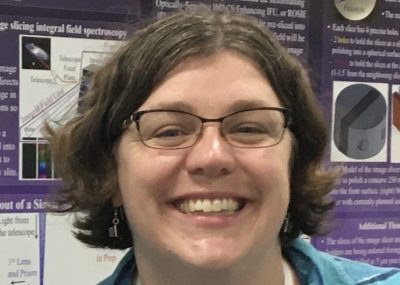On April 4, 2012 a new instrument obtained “first light” on the Keck I Telescope at the W. M. Keck Observatory on Mauna Kea. Known as MOSFIRE, for Multi-Object Spectrometer For Infra-Red Exploration, it is the most advanced capability available today to study star formation, galaxy formation and the early universe. What makes this huge, vacuum-cryogenic instrument unique is its ability to select up to 46 individual objects in the field of view and then record the infrared spectrum of all 46 objects simultaneously. Professor Ian McLean of the University of California at Los Angeles and co-principal investigator of MOSFIRE will describe some of the technical challenges that were overcome in developing and commissioning this multi-year, multi-million dollar instrument as well as share early science results ranging from the discovery of ultra-cool, nearby substellar mass objects, to the detection of oxygen in young galaxies only 2 billion years after the Big Bang.The W. M. Keck Observatory operates the largest, most scientifically productive telescopes on Earth. The two, 10-meter optical/infrared telescopes on the summit of Mauna Kea on the Island of Hawaii feature a suite of advanced instruments including imagers, multi-object spectrographs, high-resolution spectrographs, integral-field spectroscopy and a world-leading laser guide star adaptive optics system. The Observatory is a private 501(c) 3 non-profit organization and a scientific partnership of the California Institute of Technology, the University of California and NASA.
Guest Speaker
Ian Mc
Co-Principal Investigator of MOSFIRE
University of California at Los Angeles










